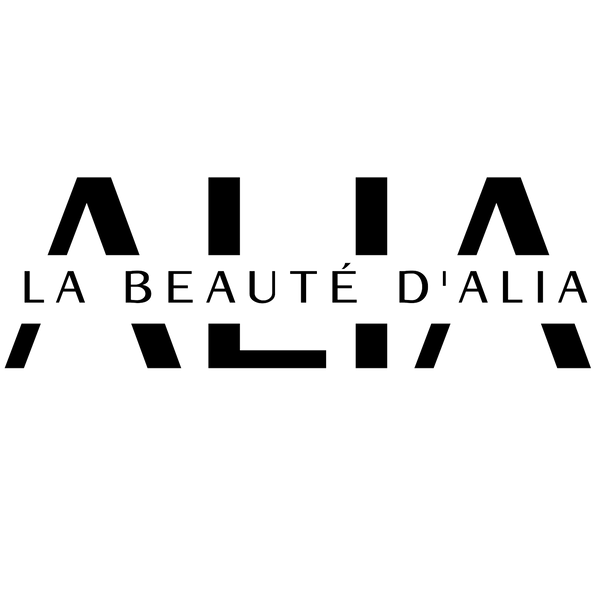Introduction
Beauty standards have continuously evolved throughout history, reflecting cultural, social, and technological changes. From ancient times to the modern era, what society considers beautiful has shifted dramatically. Today, as we stand on the cusp of new advancements and social movements, it’s fascinating to explore the journey of beauty standards and ponder what the future holds. Join us as we delve into the history and future of beauty standards, celebrating the diversity and inclusivity shaping our perceptions today.
Ancient Beauty Standards
-
Ancient Egypt:
- Description: In Ancient Egypt, beauty was synonymous with symmetry and harmony. Both men and women used cosmetics, with a particular emphasis on eye makeup. The iconic cat-eye look, achieved with kohl eyeliner, was not only fashionable but also believed to ward off evil spirits.
- Key Features: Almond-shaped eyes, dark eyeliner, henna-dyed hair, and elaborate jewelry.
-
Ancient Greece:
- Description: The Greeks valued natural beauty and proportion. The ideal woman had fair skin, a symbol of purity and nobility. Greek statues and paintings often depicted women with rounded faces, full lips, and soft, wavy hair.
- Key Features: Fair skin, natural makeup, and well-defined facial features.
-
Ancient China:
- Description: In Ancient China, pale skin was highly prized as it indicated nobility and a life free from outdoor labor. Women used rice powder to achieve a porcelain complexion and adorned themselves with delicate, intricate hairstyles and clothing.
- Key Features: Pale skin, small lips, and refined features.
Medieval and Renaissance Beauty Standards
-
Medieval Europe:
- Description: During the medieval period, beauty standards were influenced by religious beliefs. Modesty and purity were emphasized, with women often covering their hair and using minimal makeup.
- Key Features: Pale skin, high foreheads (achieved by plucking hair), and natural beauty.
-
Renaissance:
- Description: The Renaissance brought a renewed interest in art and beauty. Fuller figures, rosy cheeks, and golden hair became symbols of health and fertility. Women used natural ingredients like beetroot and crushed berries to add color to their cheeks and lips.
- Key Features: Curvaceous bodies, red lips, and long, flowing hair.
19th and Early 20th Century Beauty Standards
-
Victorian Era:
- Description: The Victorian era emphasized modesty and morality. Women aspired to have delicate features, pale skin, and a cinched waist. Corsets were widely used to achieve an hourglass figure, and makeup was subtle and natural.
- Key Features: Pale complexion, tiny waist, and minimal makeup.
-
Roaring Twenties:
- Description: The 1920s saw a dramatic shift in beauty standards. Flappers embraced shorter hairstyles, bold makeup, and a more liberated fashion sense. The iconic look included dark, kohl-rimmed eyes, red lips, and bobbed hair.
- Key Features: Short hair, bold makeup, and slender figures.
Mid to Late 20th Century Beauty Standards
-
1950s:
- Description: The 1950s celebrated voluptuous, hourglass figures inspired by Hollywood stars like Marilyn Monroe. Women wore full skirts, cinched waists, and emphasized their curves. Makeup focused on red lips, winged eyeliner, and flawless skin.
- Key Features: Hourglass figure, red lips, and glamorous makeup.
-
1980s:
- Description: The 1980s embraced bold and extravagant beauty trends. Big hair, bright makeup, and fitness-inspired bodies were all the rage. Neon colors, heavy blush, and dramatic eyeshadow defined the era’s look.
- Key Features: Bold colors, voluminous hair, and athletic bodies.
Modern Beauty Standards
-
21st Century:
- Description: Today, beauty standards are more diverse and inclusive than ever before. The rise of social media and digital platforms has democratized beauty, allowing for a wider range of representations and definitions of beauty. Emphasis is placed on individuality, self-expression, and body positivity.
- Key Features: Diversity in skin tones, body shapes, and personal styles.
The Future of Beauty Standards
-
Inclusivity and Diversity:
- Description: The future of beauty is set to become even more inclusive, celebrating all skin tones, body types, ages, and genders. Brands and influencers are championing a more realistic and representative portrayal of beauty.
- Key Features: Embracing natural beauty, celebrating uniqueness, and challenging conventional standards.
-
Sustainability:
- Description: As environmental awareness grows, the beauty industry is shifting towards sustainable practices. This includes eco-friendly packaging, ethically sourced ingredients, and cruelty-free products.
- Key Features: Green beauty products, minimalistic packaging, and ethical consumerism.
-
Technological Advancements:
- Description: Technology is revolutionizing the beauty industry with personalized skincare, virtual try-ons, and advanced cosmetic procedures. These innovations are making beauty more accessible and tailored to individual needs.
- Key Features: Personalized beauty solutions, augmented reality (AR) try-ons, and cutting-edge skincare technologies.
Conclusion
The evolution of beauty standards reflects our changing cultural values and societal norms. From the symmetrical allure of ancient Egypt to the inclusive and diverse ideals of today, beauty has always been a dynamic and multifaceted concept. As we move forward, the future of beauty promises to be more inclusive, sustainable, and technologically advanced, celebrating the unique beauty in everyone.
Explore Our Range of Inclusive Beauty Products: At La Beauté D'Alia, we are committed to celebrating diversity and promoting inclusivity. Discover our range of products designed to enhance your natural beauty and empower you to express yourself confidently.
https://labeautedalia.com/

